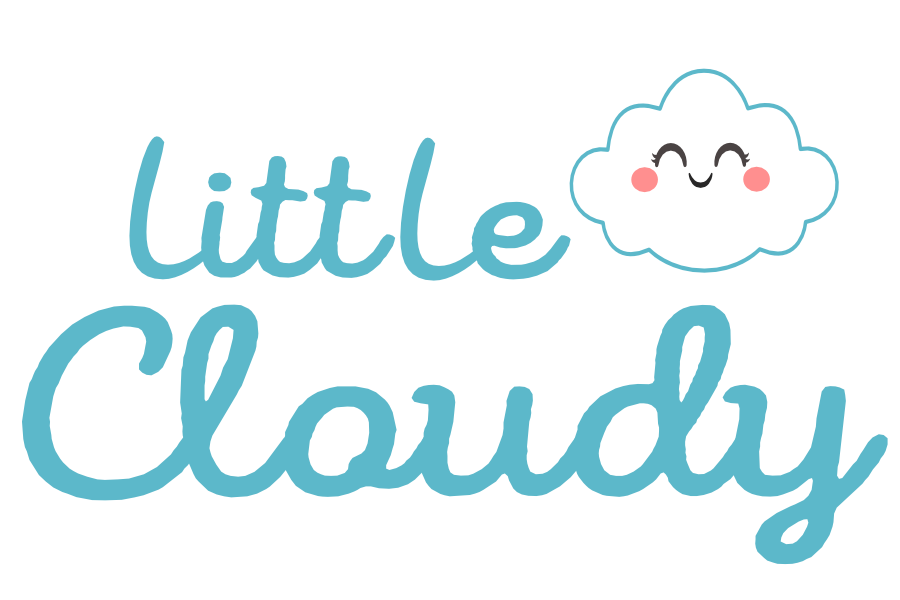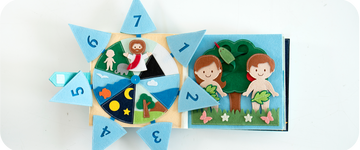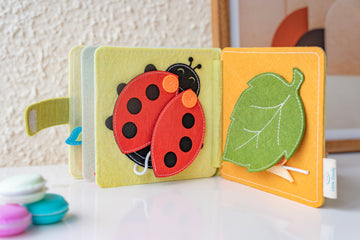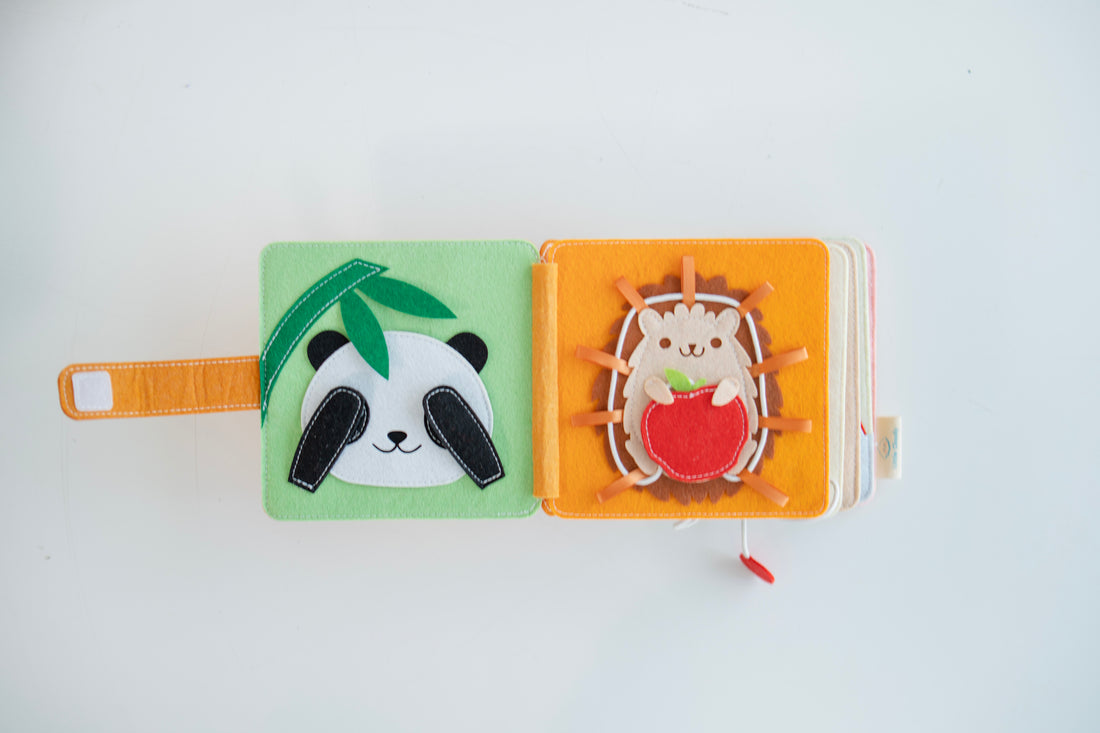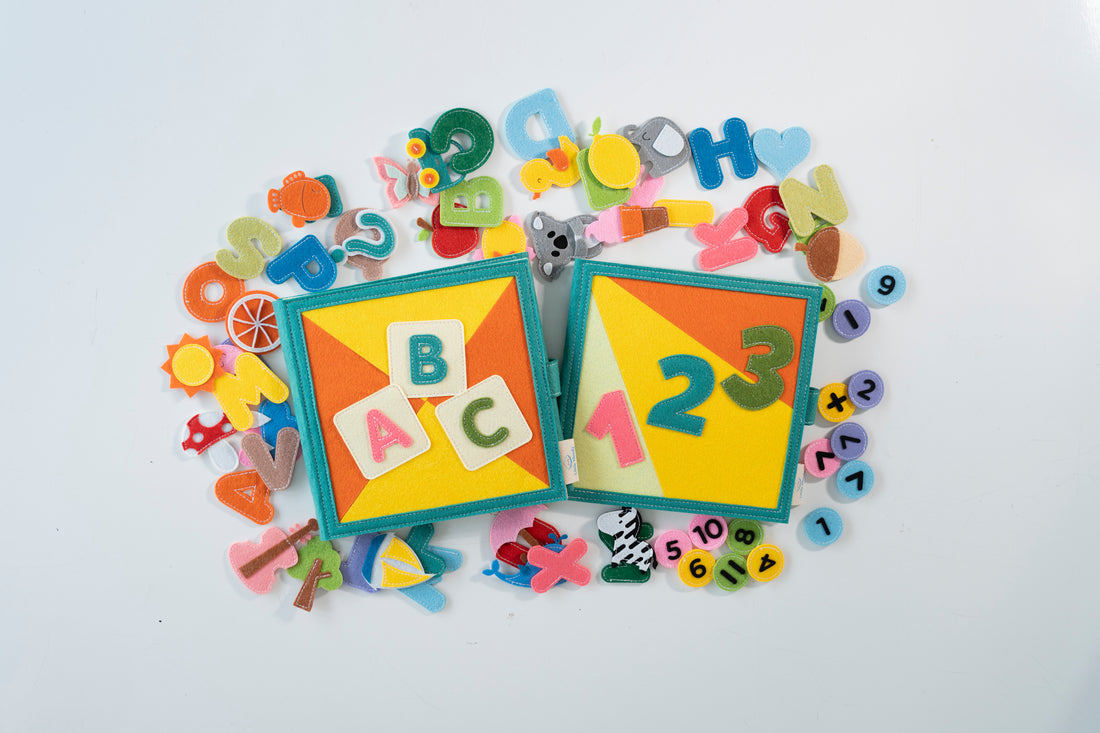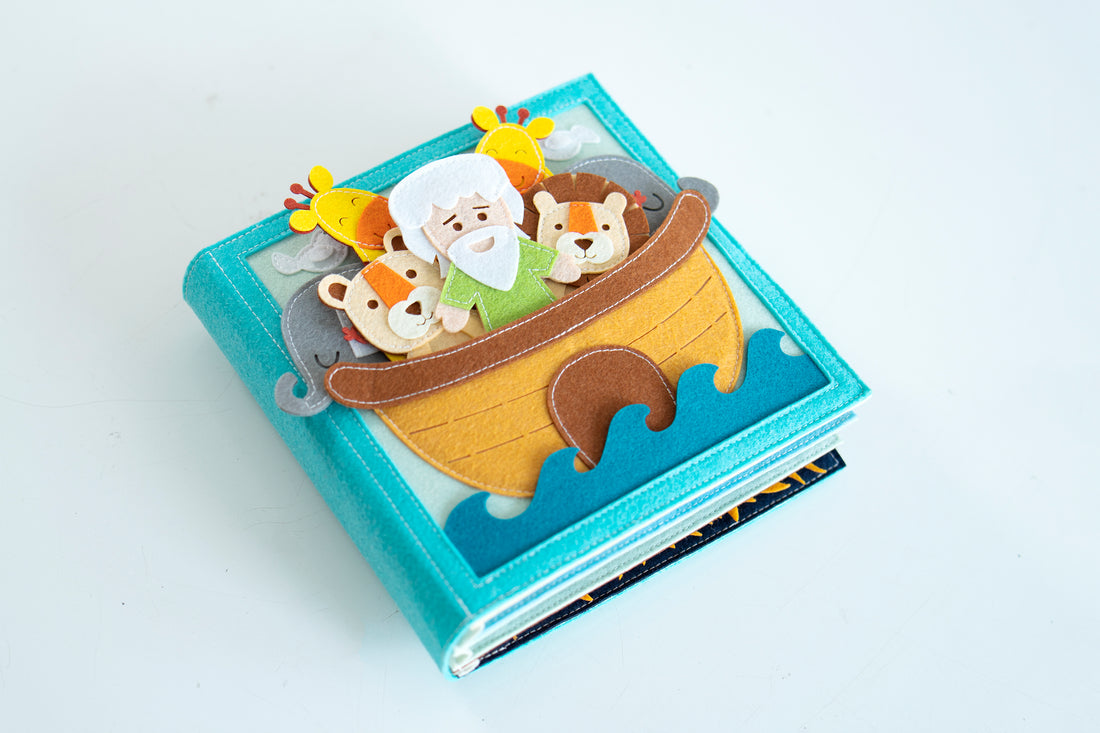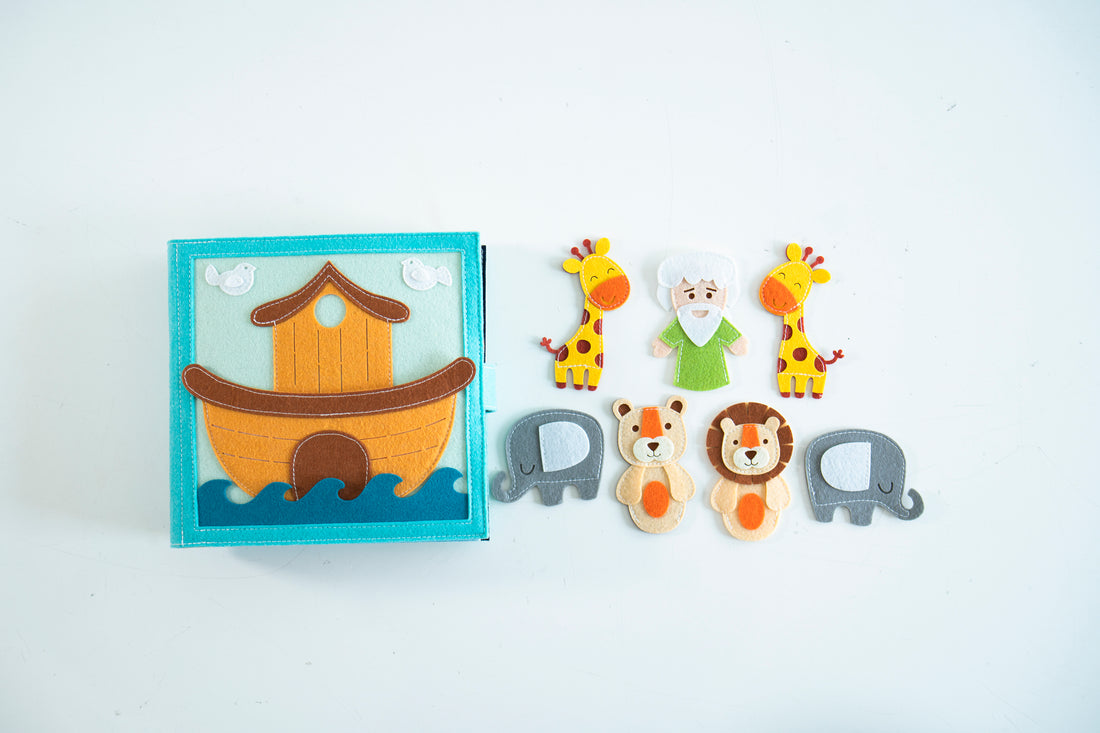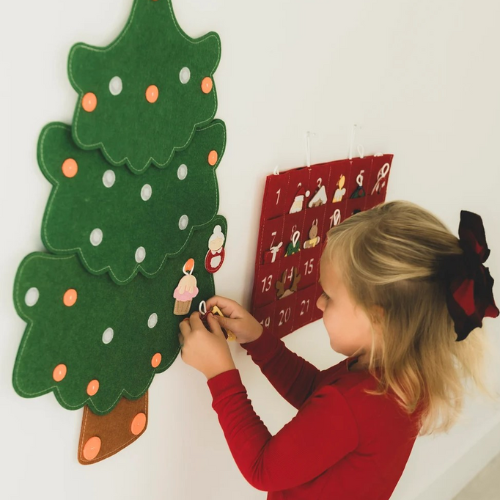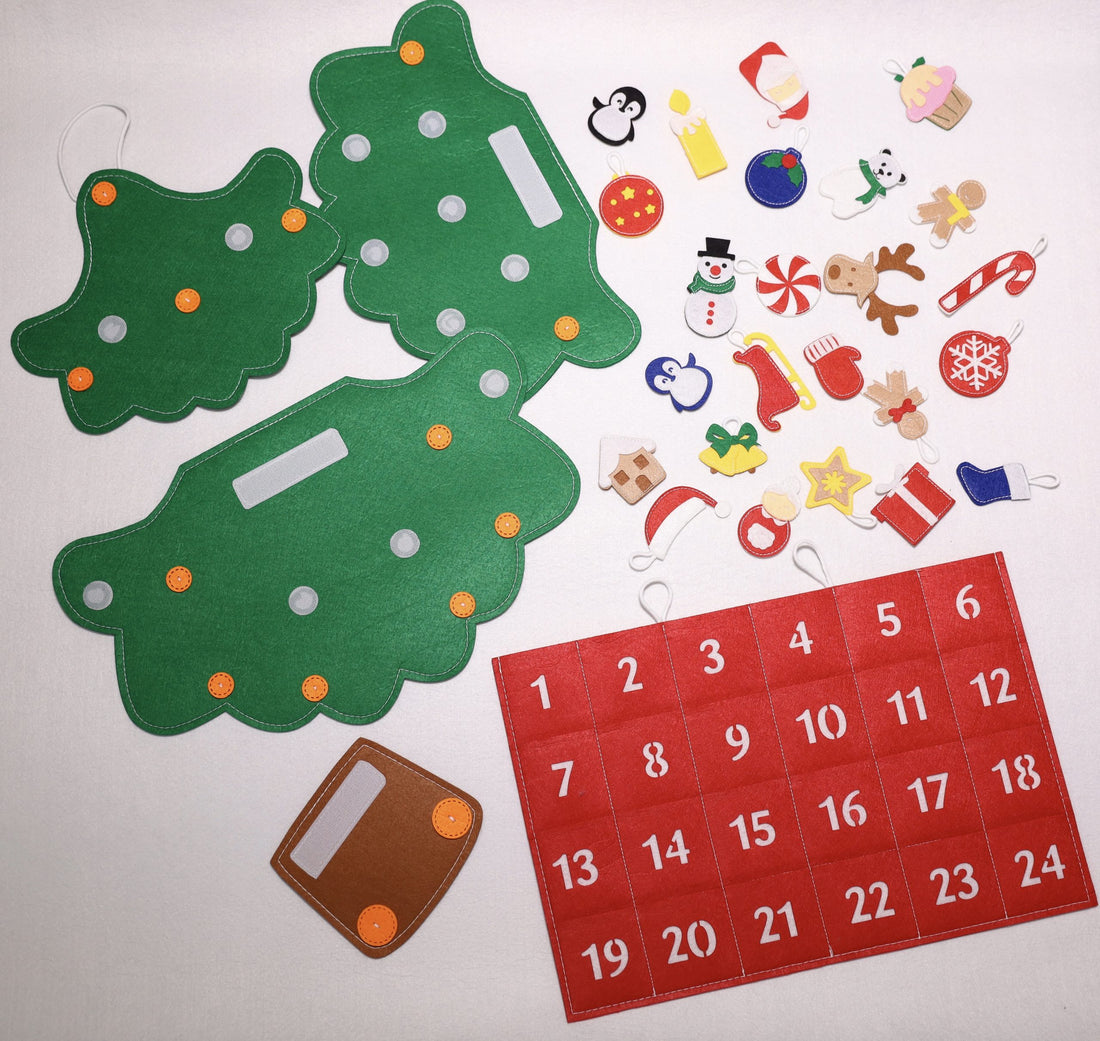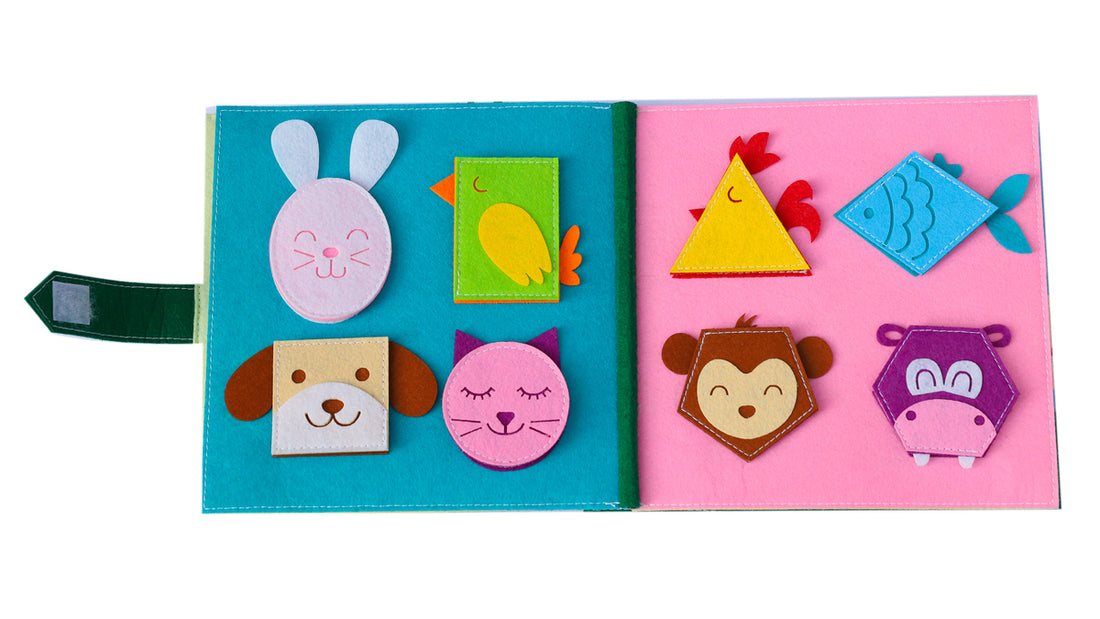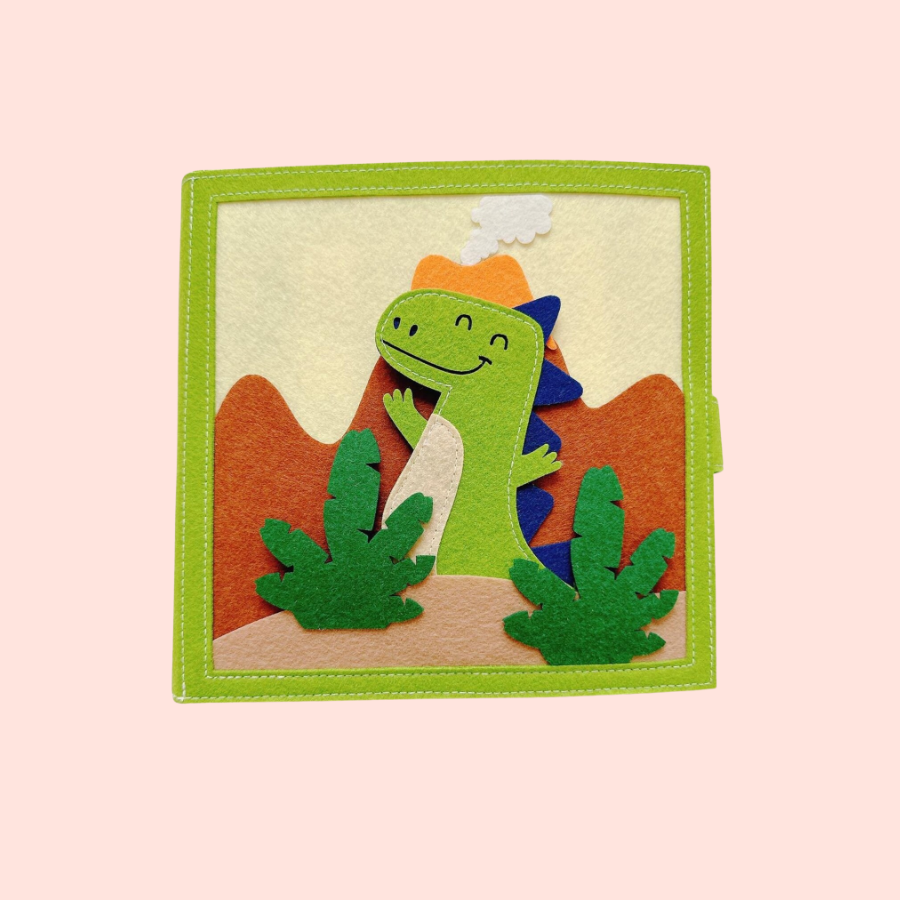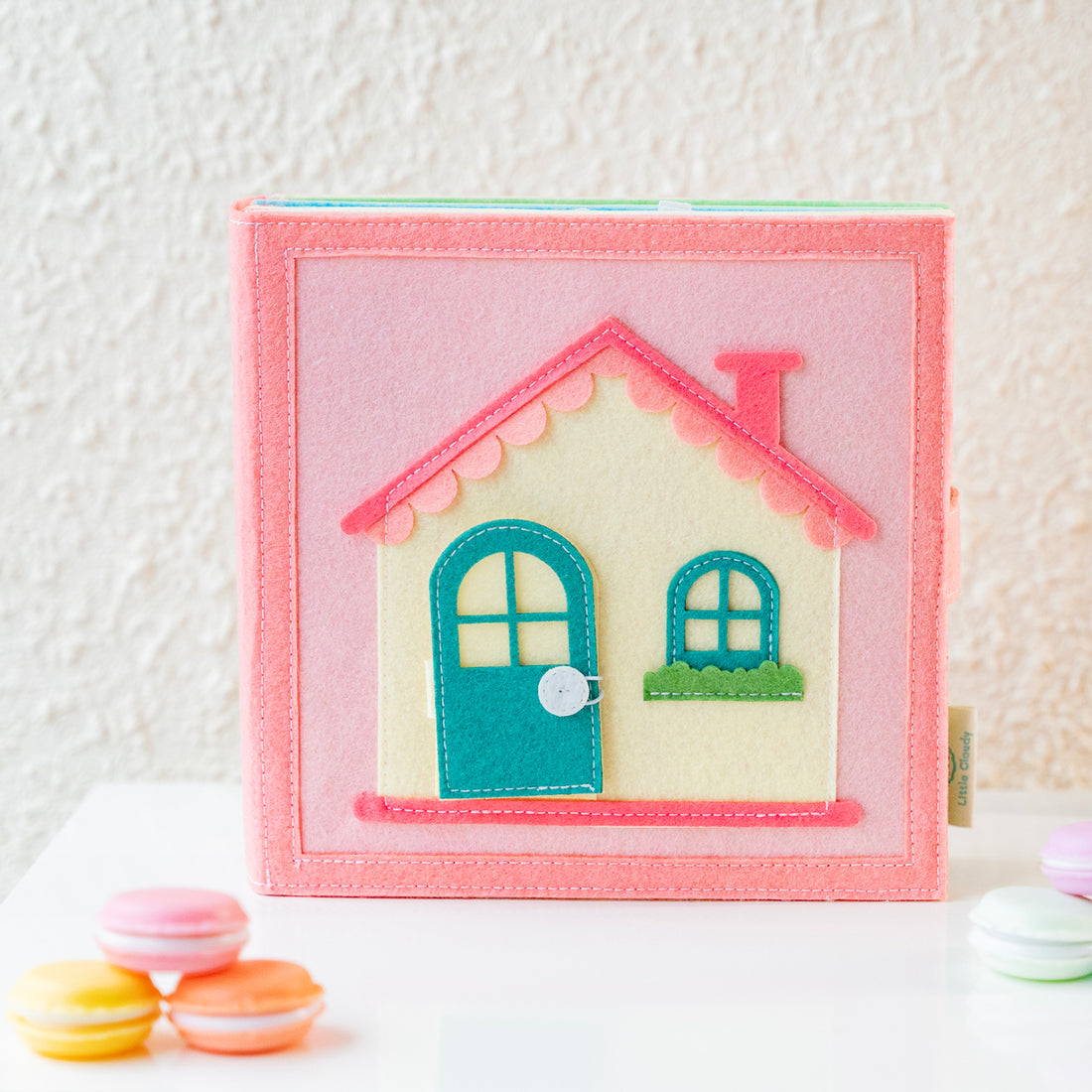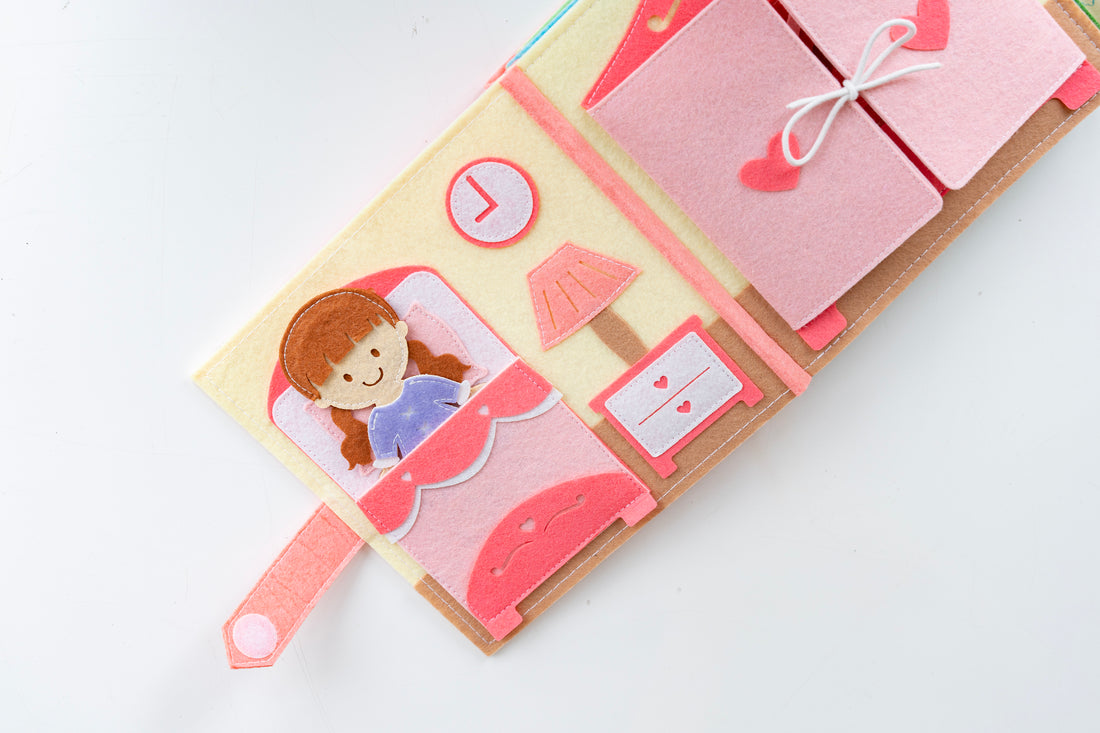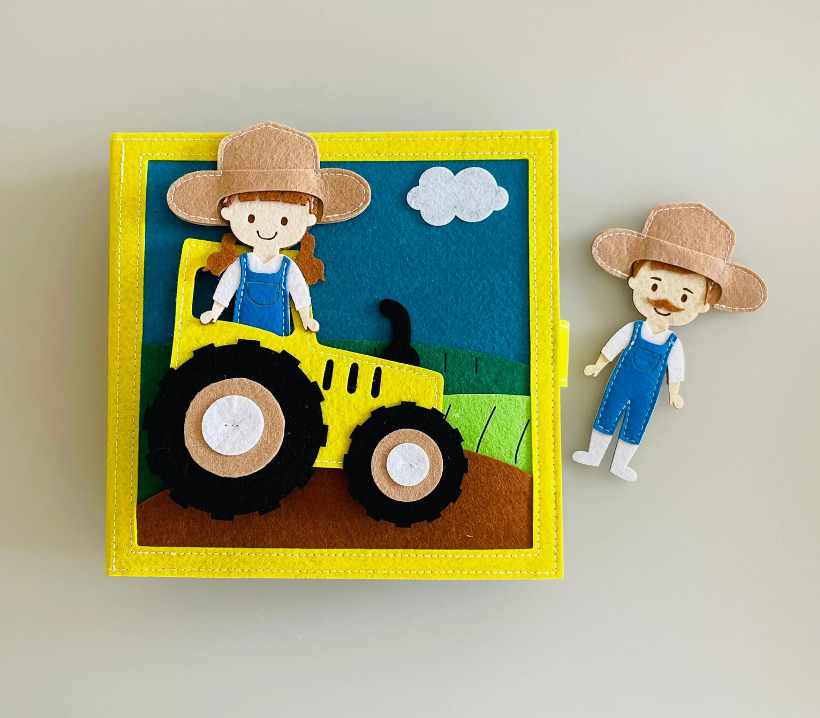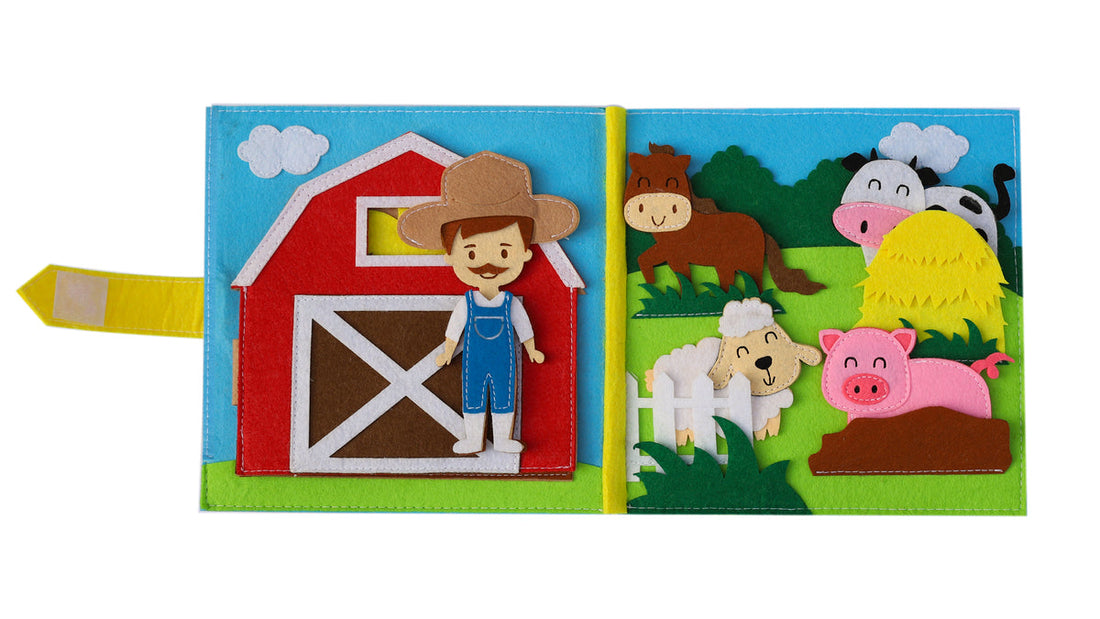You've always wanted to make learning fun for your kiddo, haven't you? Well, you're in luck!
This article will guide you through the process of creating your first ABC Quiet Book, a fun, interactive tool that'll keep your child engaged while they learn their ABCs.
You'll get a step-by-step guide, along with tips to make it even more exciting.
Page Ideas for My first ABC Quiet Books

Cover Page: Design a colorful cover with the title and maybe a cute image related to the alphabet theme.
A is for Apple: Create a page featuring a fabric apple with a removable letter "A" that attaches with Velcro. Children can practice putting the letter on the apple.
B is for Bear: Design a page with a soft, cuddly bear that has a zipper mouth. Inside the bear's mouth, place fabric fish with letters on them. The child can "feed" the bear and practice recognizing the letter "B."
C is for Cat: Craft a page with a fabric cat and a set of buttons with letters. The child can button the letters onto the cat to spell "CAT."
D is for Door: Make a page with a fabric door that opens to reveal different objects or animals starting with the letter "D." For example, a duck, a doll, a dog, and more.
E is for Elephant: Create a textured page with a soft fabric elephant. Attach large, colorful ears with the letters "E" and "e." The child can practice feeling the textures and learning the letter "E."
F is for Flowers: Craft a page with fabric flowers and petals. Each petal can have a letter on it, and the child can match the petals to the corresponding flowers.
G is for Garden: Design a garden scene with fabric vegetables and fruits. Attach letters to the veggies and fruits, and the child can "harvest" them while learning their ABCs.
H is for House: Create a page with a fabric house and a set of windows. Behind each window, place a different letter. The child can open and close the windows to find the hidden letters.
I is for Ice Cream: Craft an ice cream parlor page with cones and scoops of ice cream. Each scoop can have a letter, and the child can stack them to spell words.
J is for Jellyfish: Design a page with a fabric jellyfish and dangling tentacles. Attach letters to the tentacles, and the child can touch and explore while learning the letter "J."
K is for Keys: Create a page with fabric keys and locks. The child can practice matching the keys with the correct locks, each labeled with a letter.
L is for Ladybug: Craft a page with a fabric ladybug and spots. Each spot can have a letter, and the child can arrange them to spell "LADYBUG."
M is for Moon: Design a nighttime scene with a fabric moon and stars. Attach letters to the stars, and the child can arrange them to spell words.
N is for Nest: Make a page with a fabric nest and different fabric birds, each with a letter on them. The child can place the birds in the nest to learn their ABCs.
Remember to use bright colors, textures, and interactive elements to make the quiet book engaging and educational for young children. Customize the book to suit your child's interests and abilities. Have fun creating your "My First ABC Quiet Book"!
Let's dive in and help your little one love learning!
The Concept Behind My First ABC Quiet Book

You're probably wondering what's the concept behind My First ABC Quiet Book, aren't you?
Well, let's dig into a bit of quiet book history. Originally, these tactile treasures were stitched together to keep kids silent in church. But over time, quiet book variations evolved to serve as educational tools, offering sensory benefits that promote fine motor skills and cognitive development.
The ABC themes in your quiet book, for example, can help your child learn the alphabet in a fun, hands-on way. But it's not just about learning; quiet book safety is also a priority. They're designed to be child-safe, with no loose parts or sharp edges.
Materials Needed for Crafting an ABC Quiet Book
To create this educational craft, you'll need a variety of materials such as felt, fabric glue, scissors, and thread. Fabric selection is key; opt for sturdy, vibrant felt. Color coordination will make your quiet book visually appealing, aiding in the learning process.Sourcing materials doesn't have to be hard. Look online or in local craft stores. Budget management is essential; compare prices to get the best deal. Remember, you're not just limited to new materials. Consider eco-friendly options like recycled fabric or second-hand items. This approach not only saves you money but also contributes to a sustainable environment.
With the right materials, your ABC quiet book will be a hit with the little ones.
Step-by-Step Guide to Creating Your First ABC Quiet Book

Start with the Quiet Book Design. Sketch out your ideas, making sure each page teaches a new letter.
Next, consider your fabric selection. Choose materials that are durable, easy to clean, and safe for small hands. Keep safety precautions in mind; avoid small parts that could be a choking hazard.
Then, explore different book binding techniques. You might opt for a simple ring binder or a more traditional bookbinding method.
Lastly, calculate your DIY Quiet Book Costing. It's more cost-effective than buying a commercial quiet book, but you'll still need to budget for materials.
With careful planning and creativity, you can create a unique learning tool that your child will love.
The Educational Value of the ABC Quiet Book

As for language skills, associating letters with pictures in the book helps in language acquisition. It's a fun way for your child to learn their ABCs and expand their vocabulary.
But the ABC Quiet Book isn't just about learning. It's also a platform for parent-child bonding. Your involvement in their learning process fosters a stronger bond, enriching your relationship while ensuring they're gaining the most from their ABC Quiet Book.
Tips for Making the ABC Quiet Book More Interactive
You've got to consider adding interactive elements like flaps, buttons, or zippers when creating this educational tool to make learning even more engaging for your child. These elements offer sensory stimulation and help develop fine motor skills.Incorporating puzzles into your ABC quiet book will not only make learning fun, but it'll also enhance your child's problem-solving abilities.
Remember, storytelling techniques are crucial. Create a narrative around each letter, maybe a story about an apple for 'A', a bear for 'B', and so forth. This will make the learning process more memorable.
Lastly, consider a gamification approach. Turn learning ABCs into a game, rewarding correct answers with stickers or small treats. This'll make the ABC quiet book more interactive and exciting!
Troubleshooting Common Challenges in Making ABC Quiet Book
There're common challenges you may encounter when crafting an interactive learning book, but don't worry, we've got solutions for them.
Book binding issues can be daunting. Don't be discouraged; opt for a stronger adhesive or switch to a binding machine for a sturdier result.
Fabric selection troubles? Choose materials that are both durable and child-friendly.
If you're dealing with seams coming apart, consider reinforcing them with a strong, double stitch. ABC layout confusion can be solved by sketching a layout before stitching. This way, you'll have a clear guide.
Lastly, button attachment problems are quite common. Make sure you're securely fastening them, as they're crucial for interactivity.
With patience and practice, you'll master these challenges in no time.
Customizing Your ABC Quiet Book
Now that you've troubleshooted common challenges in making your ABC Quiet Book, it's time to inject your personal touch.Book personalization is a great way to make your book unique and engaging for your child. Start with theme selection. Maybe your little one has a favorite animal or cartoon character, why not use that as the central theme?
Next, think about incorporating textures. Different fabric choices like felt, satin, or even faux fur can add an exciting tactile element to each page.
Maintenance and Storage of Your ABC Quiet Book
Once it's completed, proper maintenance and storage of your homemade book will ensure its longevity for years to come. Regular book cleaning is crucial. Use a gentle cloth to wipe away any dust or grime that's built up. This simple act of damage prevention can extend the book's lifespan significantly.Invest in storage solutions that offer moisture control. A dry environment prevents mold and mildew, which can be detrimental to your book. Even a ziplock bag can do the trick when in a pinch!
Where Can I Purchase 'My First ABC Quiet Book' if I Don't Want to Make It Myself?
You can buy the book you're looking for online from various retailers. Check out sites like Amazon and eBay for competitive book pricing and varied shipping options.
Make sure to read the book reviews for insights on book durability. They accept numerous payment methods, making the purchase process convenient.
What Age Group Is 'My First ABC Quiet Book' Recommended For?
When considering what age group a particular book is recommended for, you should evaluate its effectiveness for learning, sensory stimulation, and language development.'My First ABC Quiet Book' is great for children aged 1-4 years. It promotes interactive learning and requires parental involvement, ensuring an enriching experience.
It's ideal for this young age group as it encourages early letter recognition and language skills while providing tactile and visual stimulation.
Can 'My First ABC Quiet Book' Be Used for Children With Special Needs?
Absolutely, a quiet book can be adapted for children with special needs. They offer sensory benefits, allowing kids to engage on their own learning pace.Modifications can be made to suit individual needs, making it a versatile tool. It's also used therapeutically, helping children learn while playing.
How Can I Incorporate 'My First ABC Quiet Book' Into My Child's Daily Learning Routine?
Incorporating a new learning tool into your child's routine can be exciting. Use interactive learning methods like book exploration, which encourages their curiosity.
Get involved as a parent, participate in their learning journey. Assess their progress to ensure the tool's effectiveness. Use creative teaching techniques to make learning fun.
Are There Any Other Similar Educational Quiet Books That You Would Recommend?
You're looking for more educational quiet books? Absolutely! Consider books with high durability and learning effectiveness.
Many quiet book varieties are available, from number learning to animal identification. DIY Quiet books are also an option, allowing you to customize content.
Additionally, companion resources, like flashcards or puzzles, can enhance the learning experience.
Always remember, the best book is one that suits your child's interests and learning pace.
You've done it! You've crafted your first ABC quiet book. It's not just a fun project, it's a valuable learning tool for your child.
Remember, making it more interactive and customizing it can boost its educational value. Don't forget to properly store and maintain it.
Troubles along the way? That's okay, they're part of the process. Keep refining your craft.
Happy book making!
